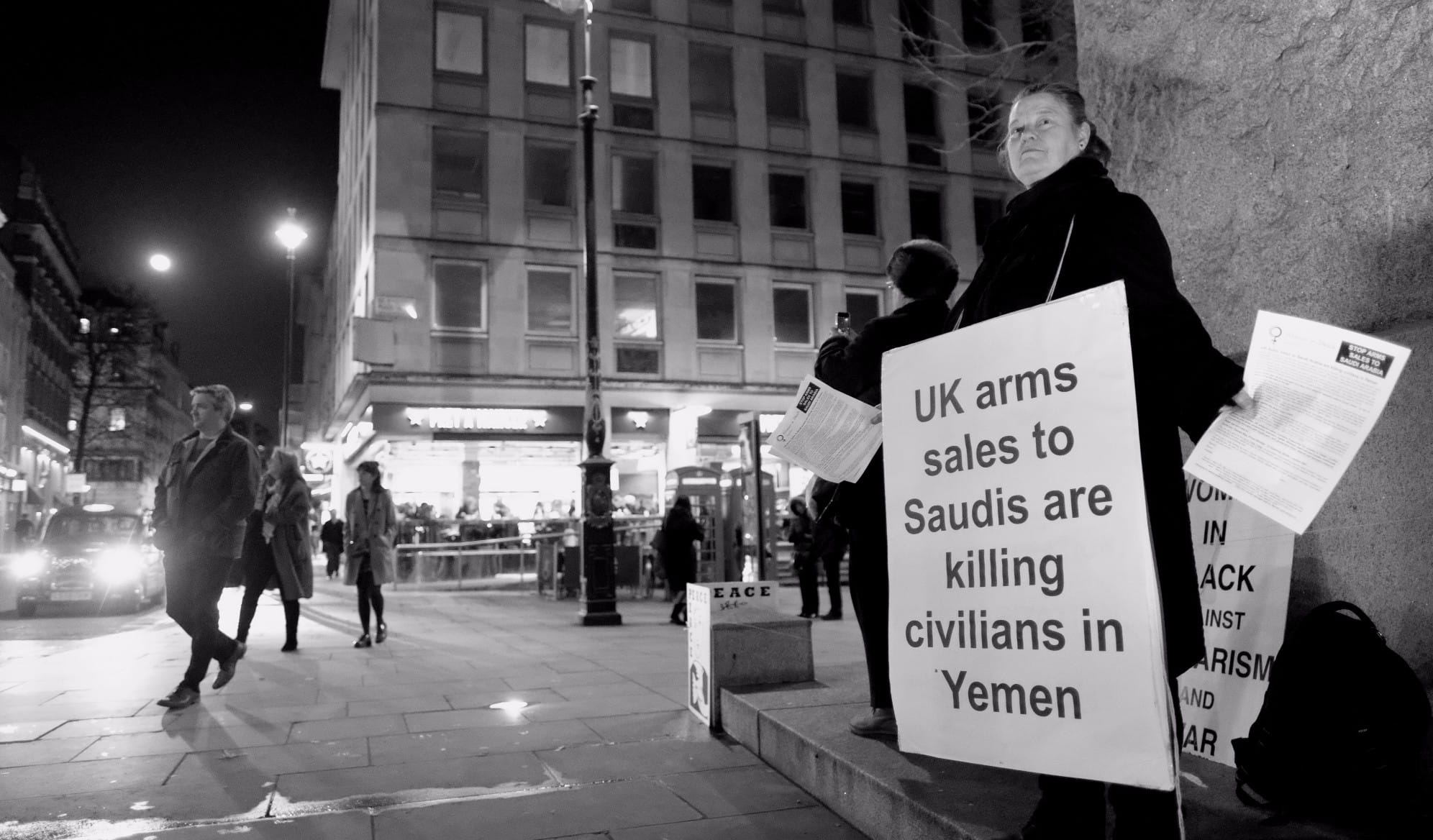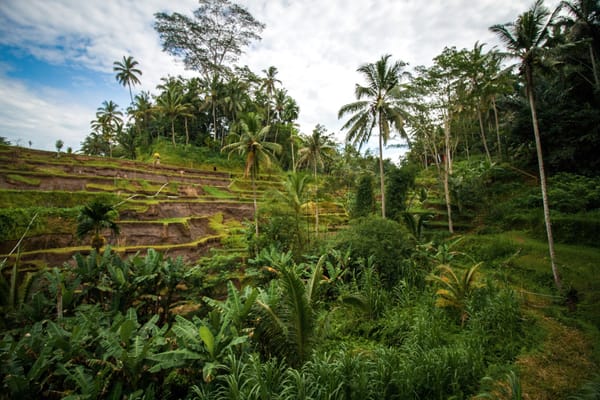Yemen: The big kids’ playground
What the war in Yemen is really about: international superpowers making a statement about who is stronger. Yemen is the battle arena, and its citizens, collateral damage.

As of March 2018 the death toll in Yemen has surpassed 40,000 casualties. Save The Children reports that at least 50,000 children have died in 2017 alone, and to this day and counting the amount of displaced refugees is well over 2 million.
The civil war in Yemen has been raging on since 2015, and while it’s importance and coverage in the mainstream media has been steadily decreasing, the casualties have been exponentially increasing as the humanitarian crisis becomes more severe and deadly.
The situation, as in many countries in the Middle East, is quite complex and is a result of many unresolved issues escalating to a what now seems like an unsolvable conflict. Yemen up until the 90s was split into two different countries, North Yemen: Yemen Arab Republic (YAR) and South Yemen: People’s Democratic Republic of Yemen (PDRY).
Northern Yemen was federated with Egypt and Syria in the United Arab States until they proclaimed their independence and a civil war broke out between the royalist forces supported by Jordan and Saudi Arabia and the republican forces, supported by Egypt. By 1968 most opposing leaders had reconciled and by 1970 the YAR was finally recognised by Saudi Arabia and the Egyptian troops withdrew.
The former Southern Yemen was under British rule until 1965. In the two years following that, the Marxist National Liberation Front (NLF) and the Front for the Liberation of Occupied South Yemen (FLOSY) organised themselves to leave the British controlled Federation of South Arabia. By 1967 the federation collapsed and the People’s Democratic Republic of Yemen was proclaimed in 1970.
The divide was clear, whilst the YAR was supported by Saudi Arabia, the PDRY was an ally of the Soviet Union. As the situations settled internally in each newly proclaimed country, internationally their relations became more strained. In the early 70s they were openly confrontational. The road to unification was not simple, but in 1988 both parties agreed to demilitarise their border and in 1990 the first drafts for a unified constitution began. These were ultimately approved by a referendum and the president of the YAR became the president of the new republic, and the president of the PDRY was named vice president.
Peace did not last long in the newly formed country due to the poor economic conditions and in the unrest of the civil population, civil war broke out. Salih, the president of the republic, won the civil war and in the aftermath, he appointed those who had been loyal to him throughout the war into power. He also eliminated freedoms such as universal suffrage. Other consequences of the war were the devaluing of the riyal, the Yemeni currency, the cost of fuel doubled, water and electricity were in short supply, and food costs rose.
It was the public discontent in 2011, prompted by other uprisings during the Arab Spring, that led to mass protests. In 2014 civil war broke out again, as the Houthis seized the capital in demands of lower fuel prices and a new, reformed government. Houthis are Shiite rebels that have been supported by Iran. Fighting against them are the Hadis, the faction that supported the president Abd Rabbu Mansour Hadi of the government that was forced to resign by the Houthis. They are Sunnis, and are supported by Saudi Arabia, a country of Sunni majority.
Already from the 70s there was a clear divide from the Soviet allied Shiite south, and the Saudi allied Sunni north. Despite the efforts to build a lasting union, little was done to ensure the conditions for the civil society were fit to warrant the development necessary to solidify said union. No country will remain stable if its citizens do not have basic needs met, and that was the first failing point of Yemen. Adding to that the sectarian and political divisions, the chances of peace are even lower, and the final and perhaps the most important factor are the external key players’ interests.
The war that is currently taking place in Yemen is the materialised reflection of where currently the cold war between Iran and Saudi Arabia is taking place. Saudi Arabia neighbours Yemen and shares a vast border with them, and many Yemeni citizens cross it to seek work in Saudi Arabia. In 2003 Saudi Arabia began its construction of a physical barrier that was even compared to that between Israel and Palestine. Their reasoning was to prevent terrorist infiltrations but its construction inflamed the Yemeni government, that argued it was a violation of human rights and the 2000 Jeddah border treaty, that allowed Yemeni shepherds for grazing rights at the border. Interestingly enough, after the Saudi led intervention in Yemen in 2015, the former country began removing the border with its neighbour.
However, like many conflicts in the Middle East, although many point to the cause being religious, the disputes are mainly political. Whilst Houthis were indeed founded as a Zaydi Shiaa revivalist movement, their claims had little to do with religion, as it was the demand to have the fuel subsidies restored that initially made Houthi supporters take to the streets as a sign of protest.
Ultimately Yemen has become the battlefield where Saudi Arabia has concentrated its efforts to ensure that the rest of the world know that they won’t let their neighbours become allies or affiliated with their declared enemy Iran. And since it seems that whoever is openly at conflict with Iran will immediately garner the U.S’s support, it is unsurprising to see how invested the U.S has become on the “war on terror” in Yemen, ultimately costing even more civilian lives than terrorist ones. In the words of senator Chris Murphy answering to the U.S’s responsibility in the death of civilians and human rights violations due to the interventions: “I think that there is a U.S. imprint on every civilian death inside Yemen. I believe that because the bombing campaign that has been absolutely catastrophic in the scope of the casualties it’s caused is made possible because of the United States. We have sold the Saudi coalition the bombs that end up being dropped inside Yemen. We put planes in the air to refuel their fighter jets. We sit inside their targeting centre to help them pick the places that they bomb. And we provide moral authority. We are a member of this coalition”.

The morality of these repeated interventions becomes more and more questionable, and although the Yemeni Houthis have reportedly used child soldiers and resorted to forced evacuations as part of their military tactics according to Human Rights Watch, Saudi Arabia’s and the U.S’s constant air strikes, interventions and their prevention of civilians accessing aid is costing Yemen it’s people’s lives. 5.2 million children are now at risk of famine as food and fuel prices soar across the country. This number is only going to increase.
With a political backdrop of war, terrorism and lack of democracy in the Middle East, many superpowers are recently adopting an approach of isolationism regarding their international policy strategies, whilst at the very same time participating shamelessly in conflicts that do not affect their citizens’ lives in the same way they affect those of the countries being intervened in. Countries such as Yemen are becoming the fighting arena for said superpowers to move their chess pieces and show the world who’s the most powerful of them all. But at what cost? Are Yemeni lives merely collateral damage? Would we tolerate these interventions if they were causing so many deaths and refugees in a first world country? But perhaps the most pressing question of them all is: how far does the damage have to go for us to react?






